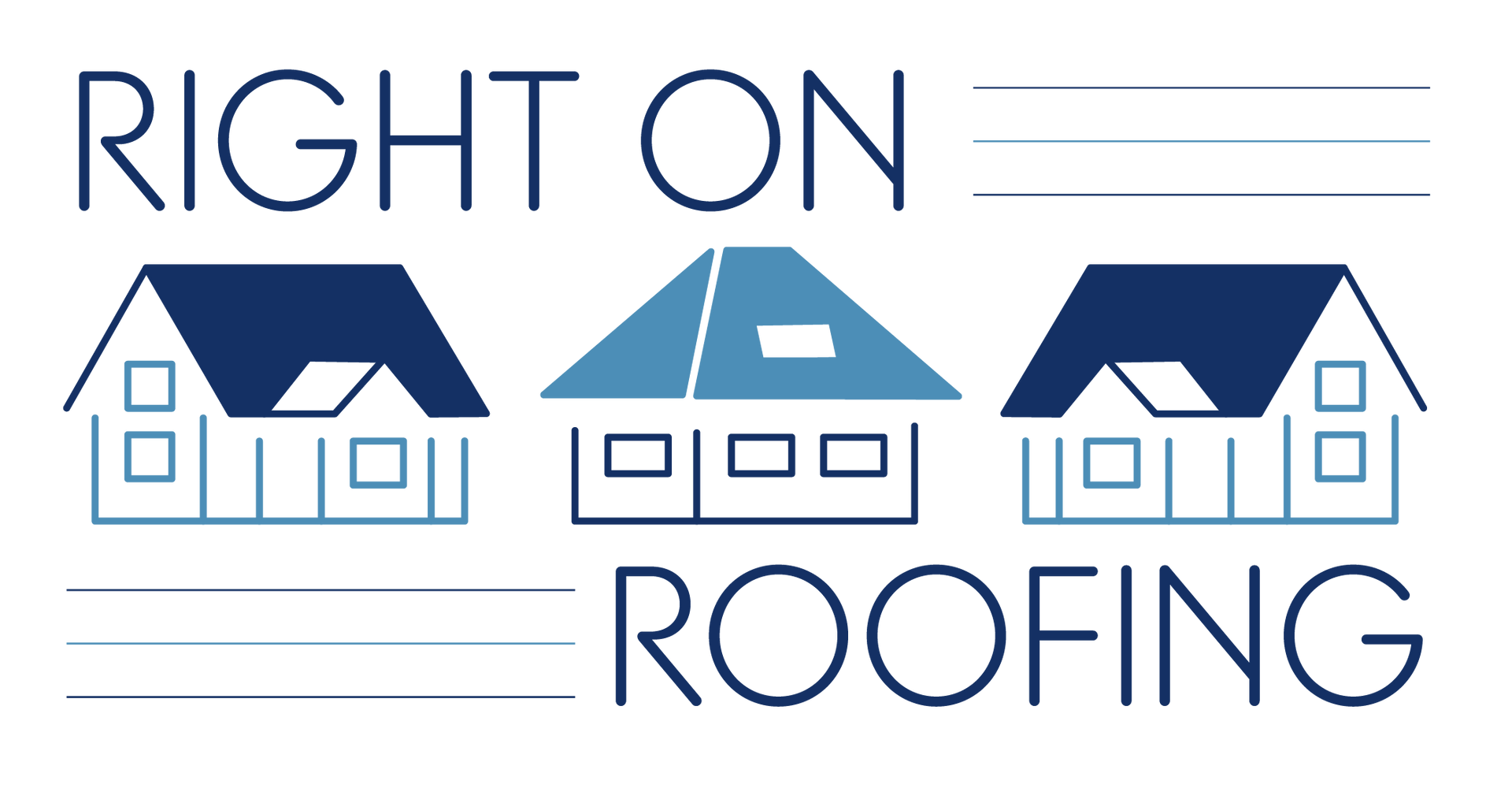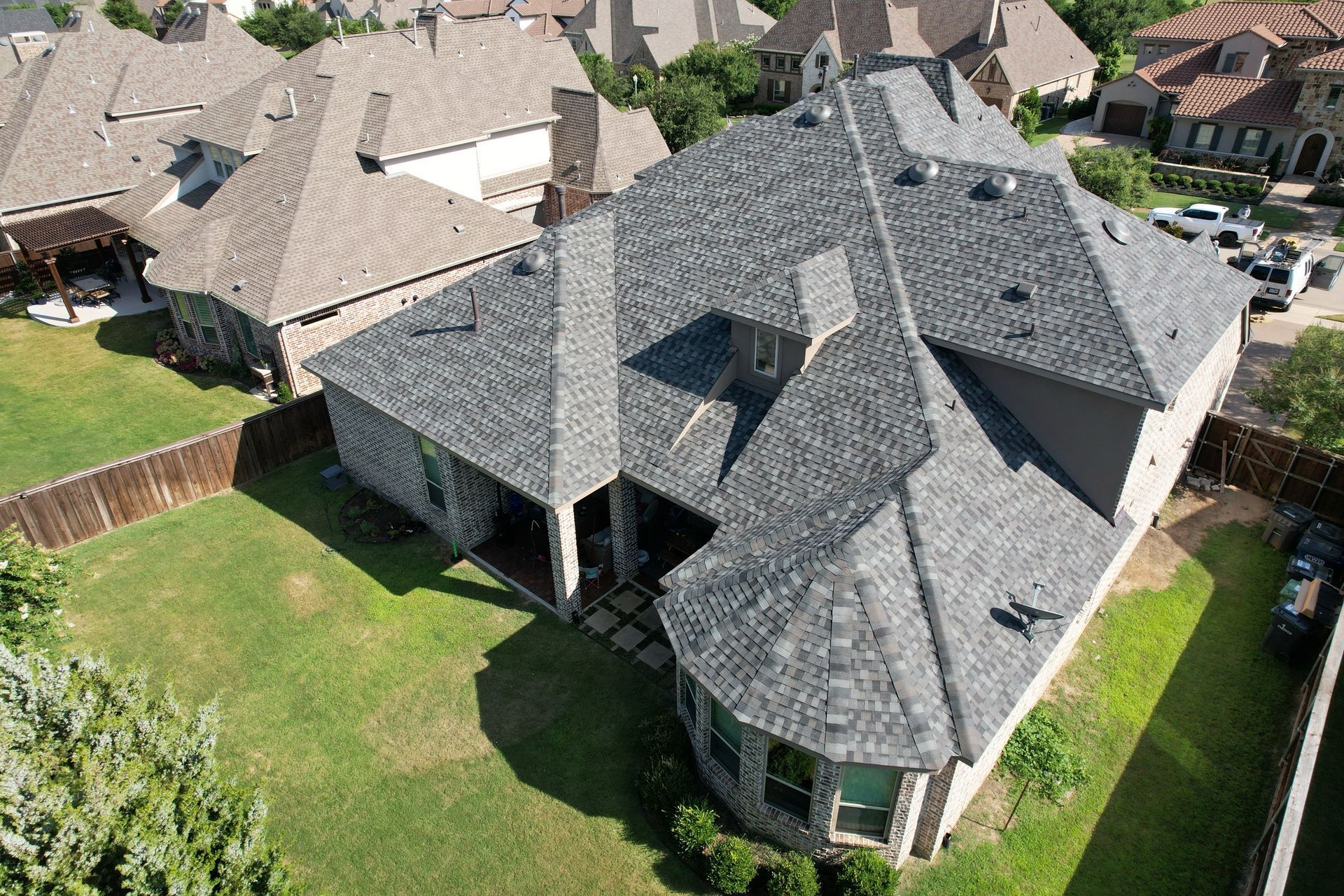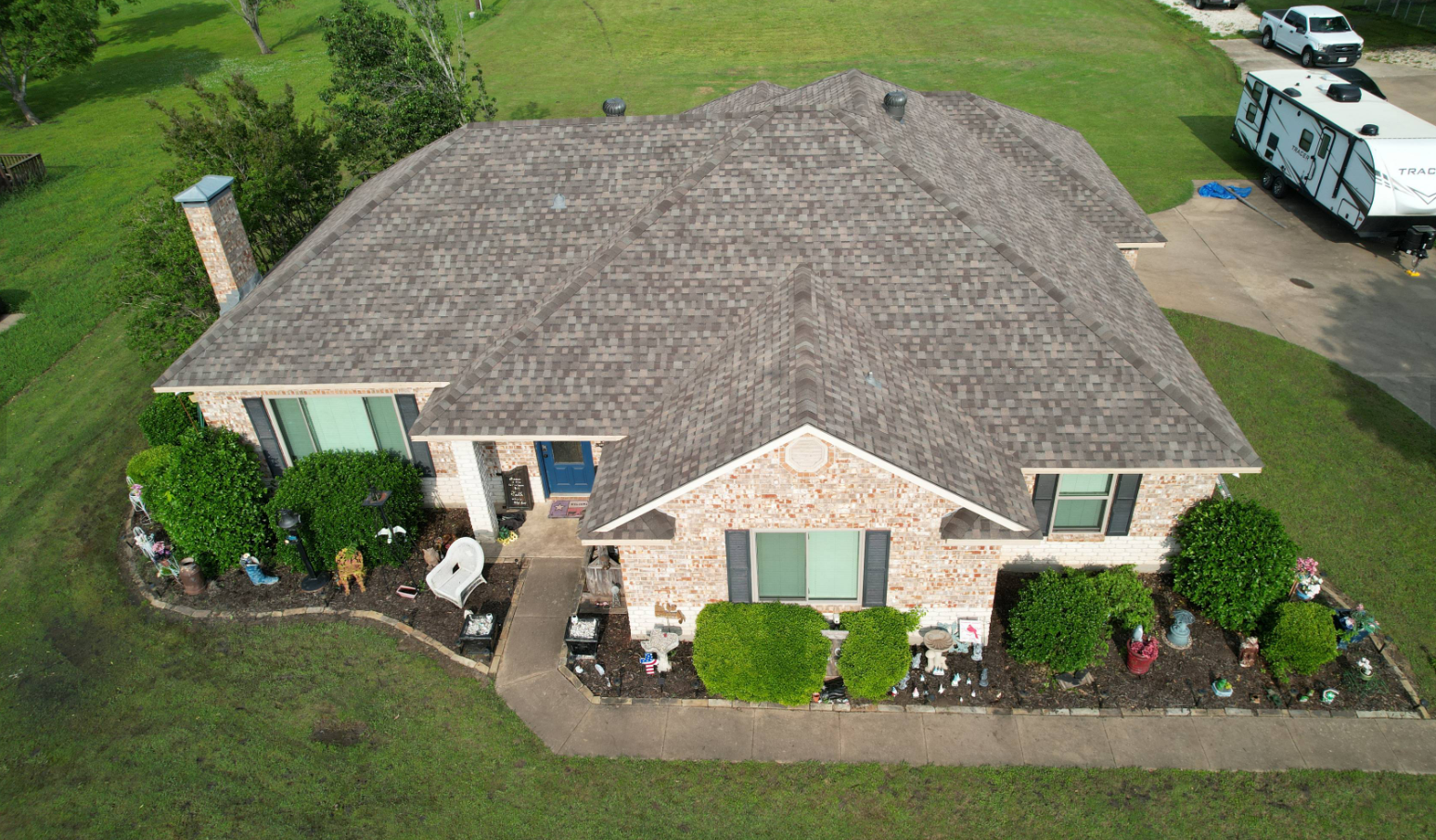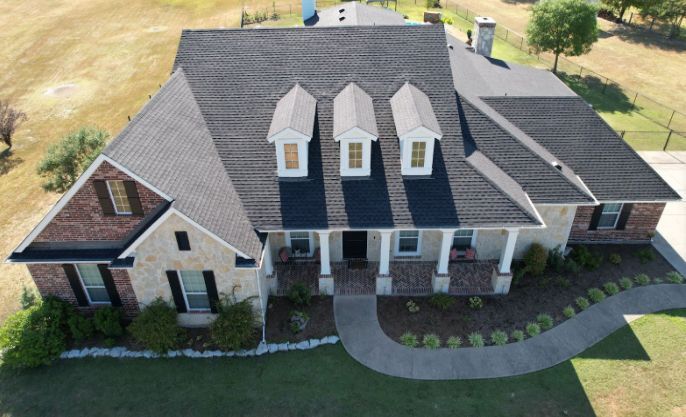Get in touch
555-555-5555
mymail@mailservice.com
We have snow! What could cause water inside?
Jason Hicks • January 10, 2025
Ice Damming, what is it?

Ice damming occurs when snow on a roof melts, usually due to heat escaping from the attic or an unevenly heated roof and then refreezes at the eaves (the edges of the roof). This creates a "dam" of ice that prevents additional melting snow from properly draining off the roof. Instead, the water pools behind the ice dam and can seep under shingles, potentially causing roof leaks, water damage, and even structural problems. Here's a breakdown of the process:
Snow Accumulation: Snow builds up on the roof during a winter storm.
Melting: Warm air inside the attic or heat from the sun causes the snow to melt at the higher, warmer parts of the roof.
Refreezing: As the melted snow flows down the roof, it reaches the colder eaves or edges of the roof where it refreezes, forming an ice dam.
Water Pooling: The ice dam blocks further melted snow from draining, causing water to pool behind it.
Leakage: Over time, this pooled water can work its way under the shingles, potentially penetrating the roofing underlayment and causing leaks inside the home.
Potential Consequences of Ice Damming
Roof Damage: Water infiltration can rot roof decking and compromise the roof structure.
Gutter Damage: Ice dams can weigh down and damage gutters.
Interior Water Damage: Water may seep into walls, ceilings, and insulation, leading to stains, mold, and structural issues.
Preventing Ice Damming
Proper Insulation: Ensure the attic is well-insulated to keep heat from escaping and warming the roof.
Ventilation: Adequate attic ventilation helps maintain a consistent roof temperature.
Snow Removal: Safely remove snow from the roof using tools like a roof rake to minimize melting and refreezing.
Ice and Water Shield: Install an ice and water shield membrane under the shingles, especially at the roof edges.
Heating Cables: Use electric heating cables along the eaves to prevent ice from forming.
Addressing ice damming early can help protect the roof and avoid costly repairs.

By Jason Hicks
•
December 17, 2024
Is your roof ready for the seasons ahead? A little maintenance goes a long way in protecting your home and saving on costly repairs. ✅ Call us for a FREE inspection today! 📞 214-585-7391 Make sure to: ✔️ Clear debris from your roof ✔️ Fix damaged shingles & flashing ✔️ Clean gutters ✔️ Trim overhanging tree branches Don't wait until small issues turn into big problems. Let Right On Roofing take care of your home! #RoofMaintenance #HomeCare #RightOnRoofing #FreeInspection #ProtectYourHome #RoofingExperts
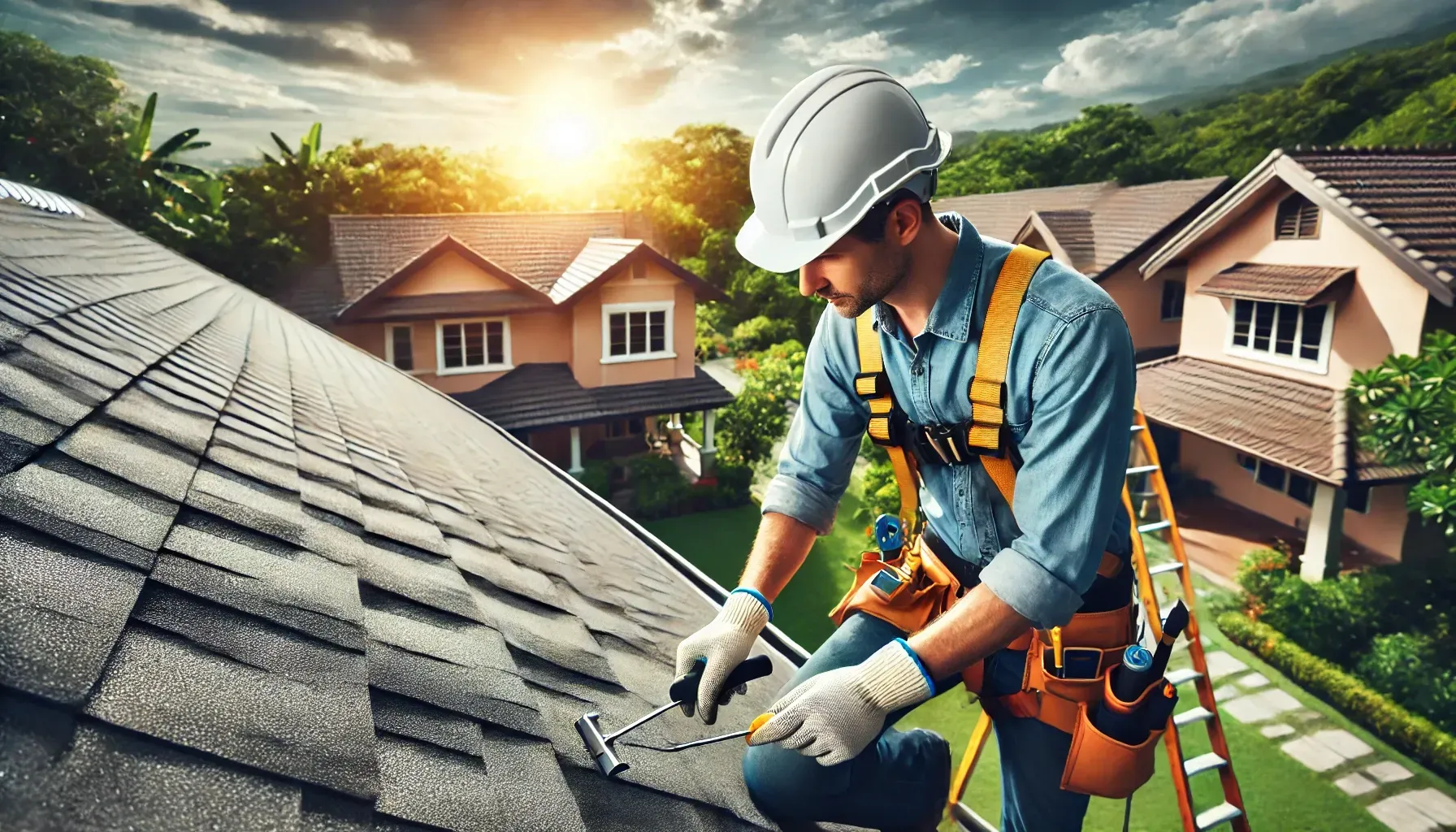
By Jason Hicks
•
December 9, 2024
When it comes to protecting your home, your roof is one of your first lines of defense against the elements. Yet, it’s often one of the most overlooked parts of home maintenance. Many homeowners only think about their roofs when a leak or significant damage occurs. However, waiting until there’s a problem can lead to costly repairs and stress—especially during the rainy season. Scheduling an annual roof inspection is one of the simplest yet most effective ways to ensure your home is ready to weather the storm. Here’s why it’s so crucial: 1. Catch Small Issues Before They Become Big Problems Over time, even minor roof issues, such as loose shingles, cracked/rusted flashing, or small leaks, can escalate into major repairs. An annual inspection allows professionals to identify and address these problems early, saving you money and preventing unexpected surprises during the rainy season. 2. Know the condition of Your Roof Regular inspections and maintenance can significantly decrease the chance of unwanted leaks on your roof. By addressing normal wear and tear promptly, you can avoid bigger repairs and get the most out of your investment. It is a great piece of mind knowing your roof is in good condition., 3. Prevent Water Damage The rainy season puts your roof to the ultimate test. A compromised roof can lead to water seeping into your home, causing unwanted damage that could lead to bigger repairs. Parts of the home that could be affected are the roof decking, insulation, drywall, paint, trims and even flooring. Let us help you prevent something before it starts. Call us today to schedule a FREE roof inspection (214) 585-7391.
